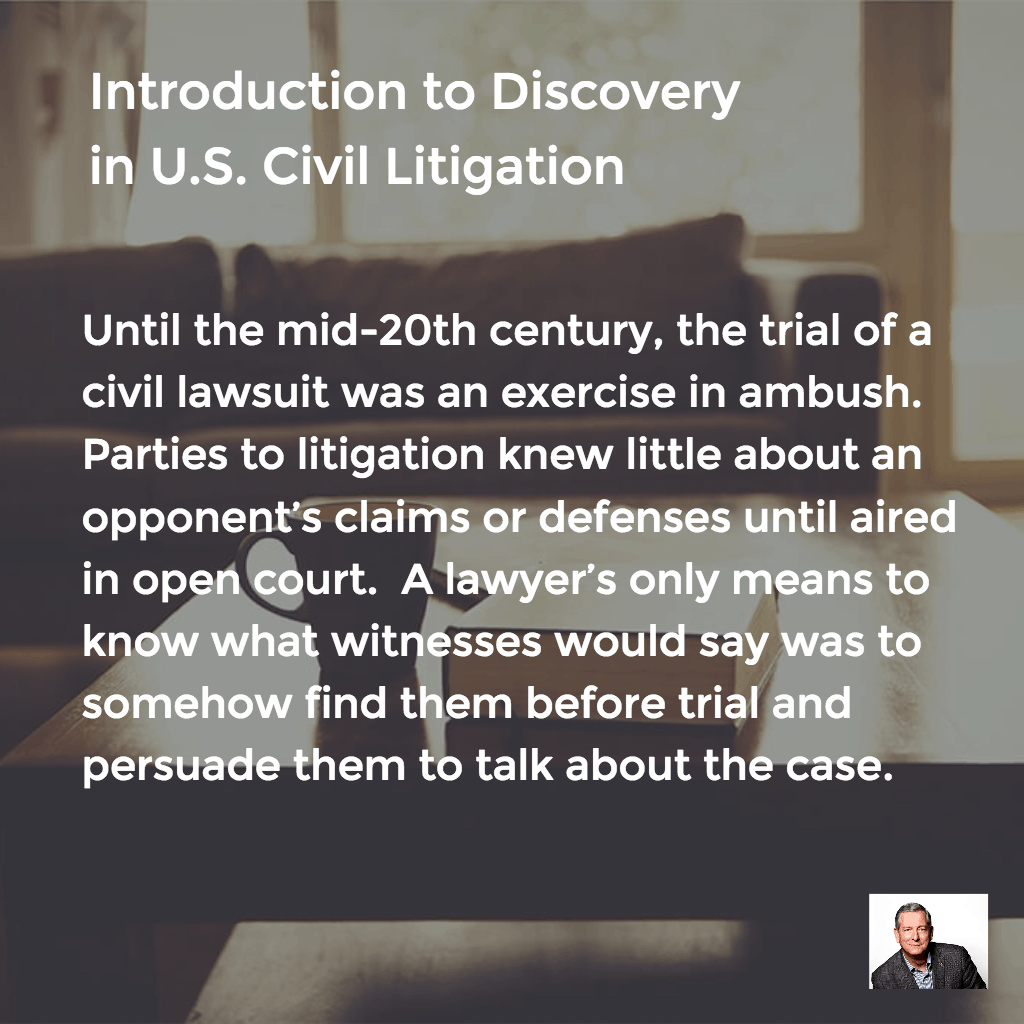ARCHIVED CONTENT
You are viewing ARCHIVED CONTENT released online between 1 April 2010 and 24 August 2018 or content that has been selectively archived and is no longer active. Content in this archive is NOT UPDATED, and links may not function.Extract from article by Craig Ball
I’ve found it’s never safe to assume that students know the mechanisms of last-century civil discovery, let alone those of modern e-discovery. Accordingly, I penned the following short introduction to discovery in U.S. civil litigation and offer it here in case you need something like it, especially if you’re also teaching this stuff. [It’s copyrighted, but feel free to use it with attribution].
Introduction to Discovery in U.S. Civil Litigation
Until the mid-20th century, the trial of a civil lawsuit was an exercise in ambush. Parties to litigation knew little about an opponent’s claims or defenses until aired in open court. A lawyer’s only means to know what witnesses would say was to somehow find them before trial and persuade them to talk about the case. Witnesses weren’t obliged to speak with counsel, and even when they did so, what they volunteered outside of court might change markedly when under oath on the stand. Too, at law, there was no right to see documentary evidence before trial.
Read the complete article at Introduction to Discovery in U.S. Civil Litigation






















